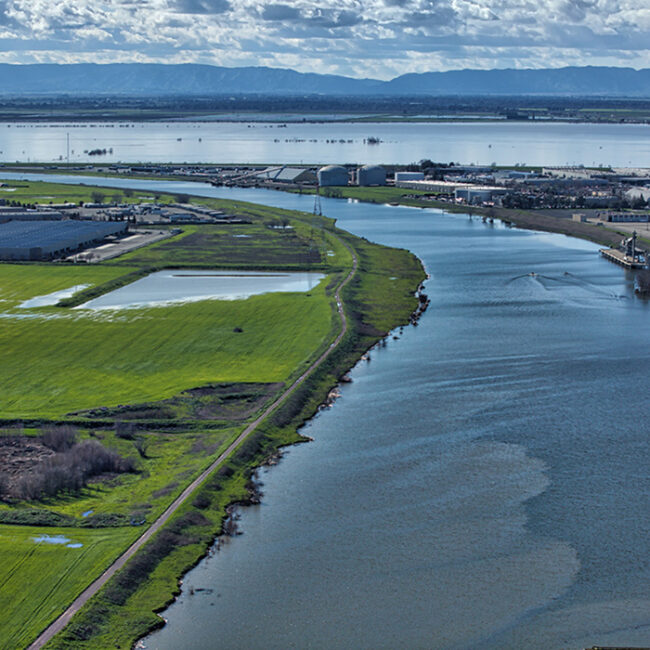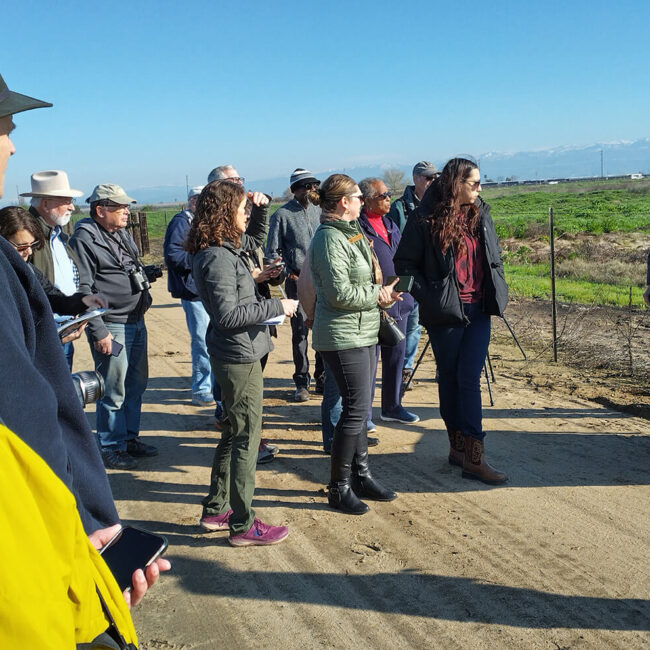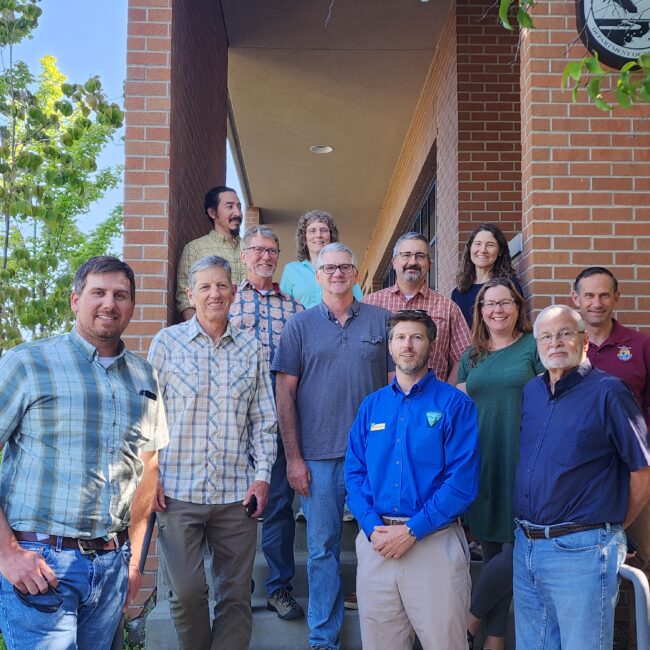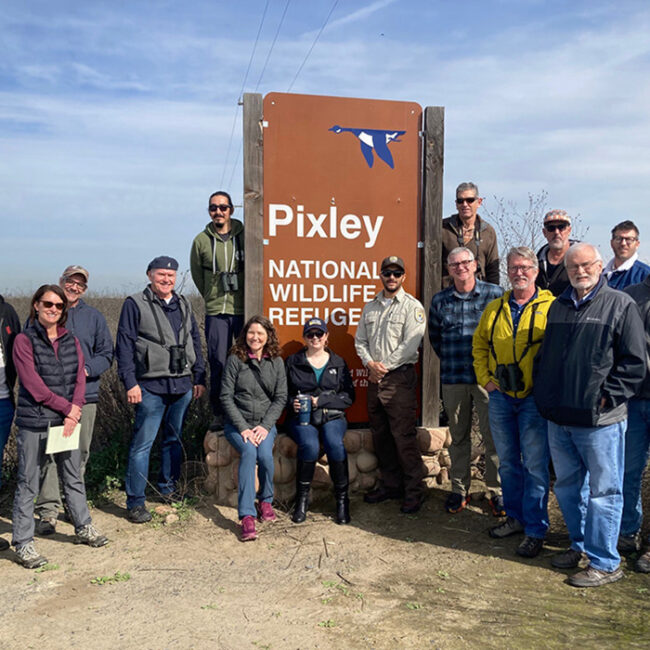About the CVJV
The Central Valley Joint Venture (CVJV) is an independent coalition of 20 public and private organizations that work together and with other partners to conserve migratory birds and their habitats in the Central Valley for current and future generations.
Photo Credit: Vicky Espinoza
Central Valley Joint Venture 2020 Implementation Plan
Now more than ever, a collaborative approach is needed to ensure resilient bird populations into the future. The CVJV’s Implementation Plan provides practical information to guide strategic, focused, and collaborative work to improve the Central Valley for birds and communities.
$0
Million
NAWCA Funds Provided
$0
Million
In Matching Funds
0
Acres
Wetlands Protected
0
Acres
Wetlands Restored
0
Acres
Wetlands Enhanced
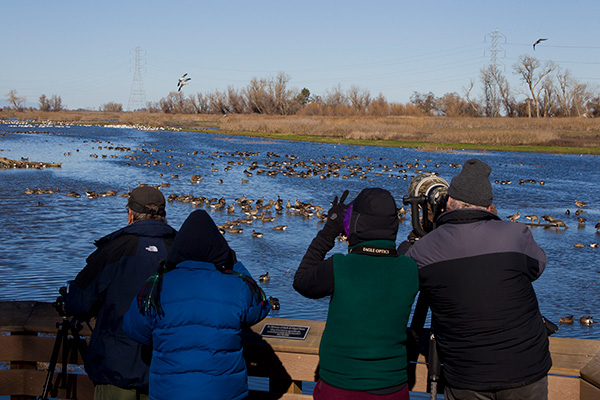
Mike Peters
Our history
The CVJV was established in 1988 to implement the North American Waterfowl Management Plan (NAWMP) in the Central Valley, one of the highest priority regions for waterfowl in North America. From a waterfowl focus, the CVJV has widened its scope to the conservation of all birds and their habitats.
The CVJV was established in 1988 to implement the North American Waterfowl Management Plan in the Central Valley, one of the highest priority regions for waterfowl in North America. From a waterfowl focus, the CVJV has widened its scope to the conservation of all birds and their habitats.
The NAWMP, an international treaty signed by Canada, the United States and Mexico, was a direct response to declining numbers of North American waterfowl. It established population goals for key waterfowl species and identified a framework for recovering these populations through habitat enhancement, restoration and protection. Although the goals of the NAWMP were continental in scope, the plan’s success ultimately depended on regional efforts to increase waterfowl habitat. The joint venture concept of merging the efforts of government agencies, non-profit organizations, corporations, tribes, and individuals was ideally suited to the task of meeting waterfowl needs at regional scales. As a result, joint ventures were eventually formed in all of North America’s key waterfowl areas to meet NAWMP goals.
The Central Valley Habitat Joint Venture was formally organized in 1988 and was one of the original six priority joint ventures formed under the NAWMP. Renamed the Central Valley Joint Venture in 2004, the Management Board now consists of nineteen public and private members.
The CVJV is currently administered through a coordination office within the U.S. Fish and Wildlife Service and is guided by a Management Board that receives input and recommendations from a variety of working committees.
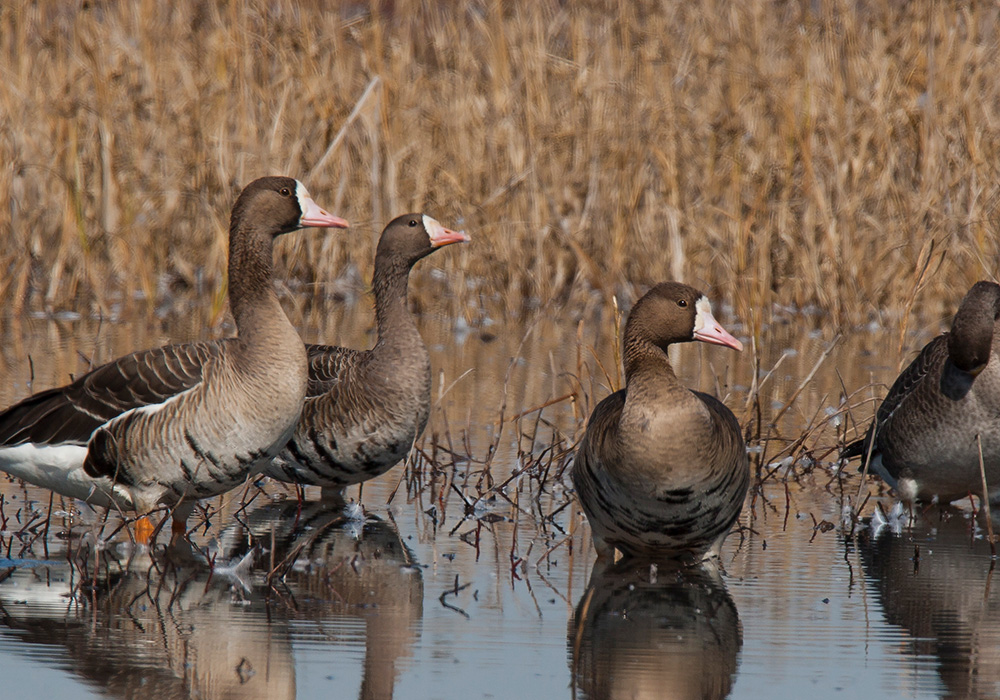
Mike Peters
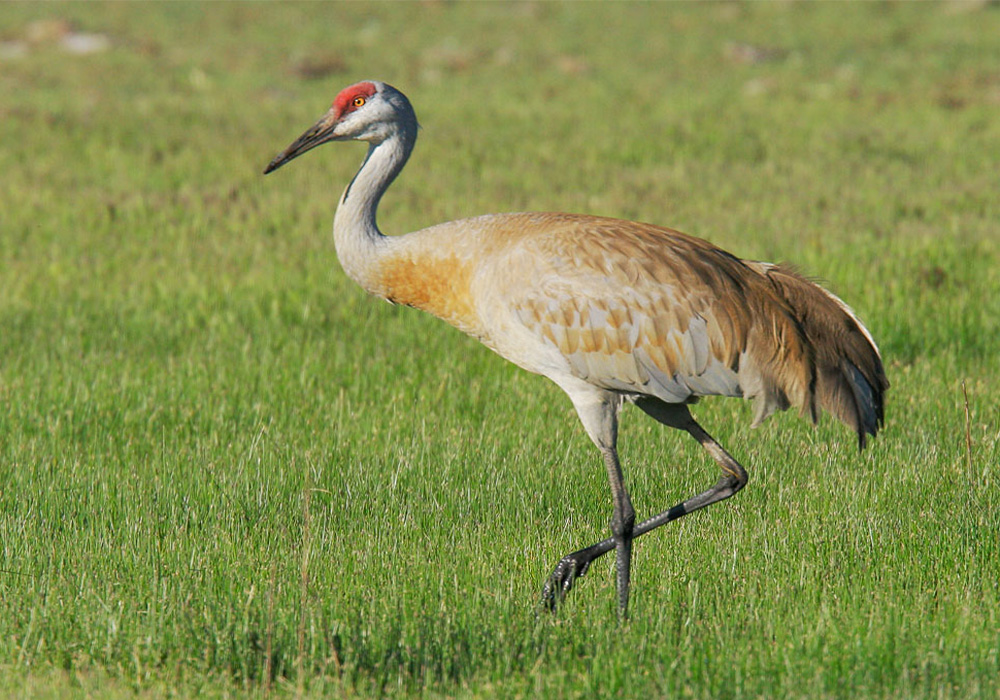
Tom Gray
In 1990, the CVJV developed its first strategy document, the Central Valley Habitat Joint Venture Implementation Plan. In 2006, the Plan was updated to incorporate new information and broaden the scope of conservation activities to include objectives for shorebirds, waterbirds, and riparian songbirds. Now, the 2020 Central Valley Joint Venture Implementation Plan updates and expands on these previous efforts to incorporate new science, new bird groups, and the practical constraints of water availability, conservation opportunities, current and predicted shifts in climate, and the impacts and needs of human communities in the region.
CVJV Implementation Plans
The CVJV Implementation Plan provides practical information to guide policymakers, state and federal agencies, local governments, private landowners, and others, working collaboratively to improve the Central Valley for birds and people.

